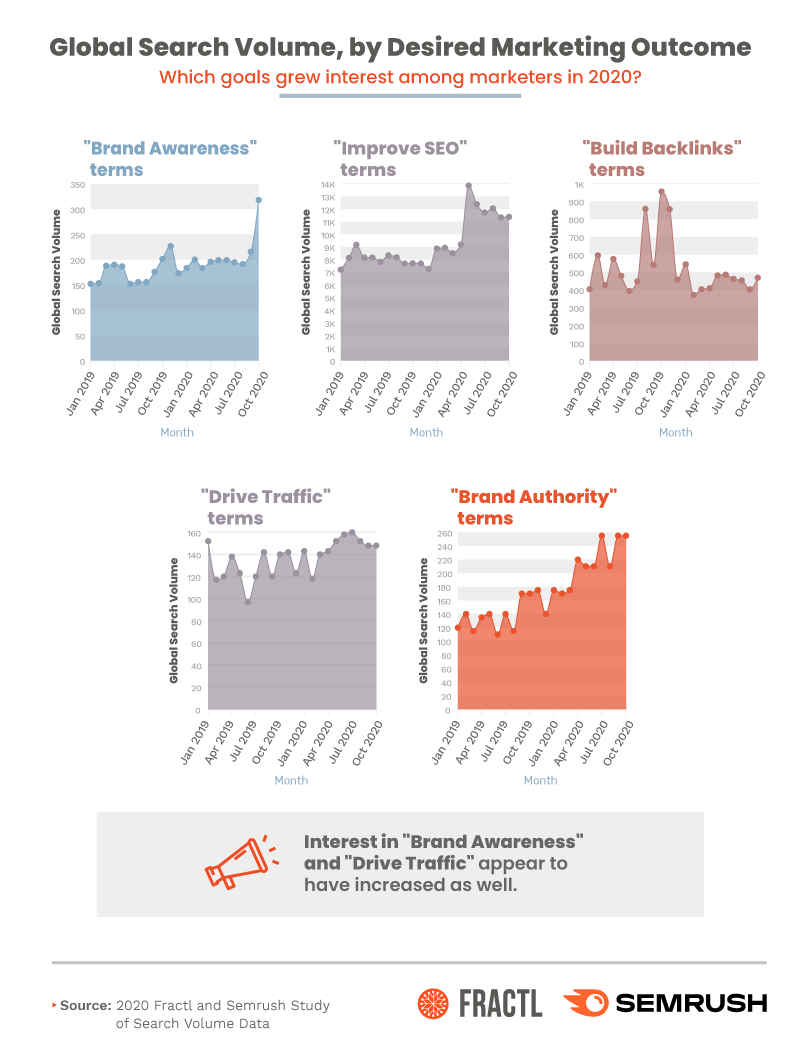Richard Steggall
Contributor
Australia native Richard Steggall is the CEO of
Urban FT, a New York-based fintech company. He has more than two decades of experience in fintech, capital growth, mergers & acquisitions and strategic IPO advisory.
Financial institutions are falling behind the tech curve in delivering on the convenience consumers demand, leaving the door wide open for Big Tech companies like Apple, Amazon and Google to become our bankers. In November, Google redesigned its contactless payments service Google Pay, merging the services of traditional banks with the seamless, convenient experience users expect from the likes of Big Tech.
But there’s a catch.
Despite the elaborate smoke and mirrors that Google has put up, one fact remains: Google is an advertising company with ads representing 71% of its revenue sources in 2019.
What happens when an advertising company now wants to be our bank?
One must ask: What happens when an advertising company — armed with the terabytes of data points it has harvested from our personal emails, location data, song preferences and shopping lists — now wants to be our bank? The answer is potentially unsettling, especially considering the extraordinary neglect Big Tech has shown for user privacy, as seen here. And here. And here.
As the marketplace is poked by yet another technocrat tentacle, this time in the heart of financial services, traditional banks that consumers and businesses once relied on find themselves at a crossroads. To retain market share, these institutions will need to continue investing in fintech so they can level up with convenience and personalization provided by new competitors while preserving trust and transparency.
Traditional banks miss the digital mark
Fintech holds the potential to fundamentally transform the financial services industry, enabling financial institutions (FIs) to operate more efficiently and deliver superb user experiences (UX).
But there’s a digital gap holding FIs back, especially small community banks and credit unions. Many have long struggled to compete with the deep pockets of national banks and the tech savvy of neo and challenger banks, like Varo and Monzo. After investing more than $1 trillion in new technology from 2016 through 2019, the majority of banks globally have yet to see any financial boost from digital transformation programs, according to Accenture.
Never before has this gap been more prevalent than amid the pandemic as customers migrated online en masse. In April 2020 alone, there was a 200% uptick in new mobile banking registrations and total mobile banking traffic jumped 85%, according to Fidelity National Information Services (FIS).
Data is the grand prize for Big Tech, not revenue from financial services
Naturally, Big Tech players have recognized the opportunity to foray into financial services and flex their innovation muscles, giving banks and credit unions a strenuous run for their money. Consumers looking to digitize their finances must heed caution before they break up with traditional banks and run into the arms of Big Tech.
It’s important to bear in mind that the venture into payments and financial services is multipronged for Big Tech players. For example, in-house payments capabilities would not just provide companies focused on retail and commerce an additional revenue stream; it promises them more power and control over the shopping process.
Regulations in the U.S. might restrain this invasion to an extent, or at least limit a company’s ability to directly profit. Because let’s face it: the Big Tech players certainly aren’t asking for the regulatory “baggage” that comes with a bank charter.
But tech companies don’t need to profit directly from offerings like payments and wealth management, so long as they can hoard data. Gleaning insights on users’ spending patterns offers companies significant ROI in the long term, informing them how a user spends their money, if they have a mortgage, what credit cards they have, who they bank with, who they transact with, etc.
Financial behavior also potentially includes highly personal purchases, such as medications, insurance policies and even engagement rings.
With this laser sharp view into consumers’ wallets, imagine how much more valuable and domineering Google’s advertising platform will become.
Banks must lead the charge in ethical data
When it comes to the digitization of financial services, the old adage “with great power comes great responsibility” rings true.
Customer data is an incredible tool, allowing banks to cater to all consumers wherever they fall on the financial spectrum. For example, by analyzing a customers’ spending habits, a bank can offer tailored solutions that help them save, invest or spend money more wisely.
However, what if being a customer of these services means you’re then inundated with ads that respond directly to your searches and purchases? Or, even more insidiously, what if your bank now knows you so well that they can create a persona for you and proactively predict your needs and desires before even you can? That’s what the future looks like if you’re a customer of the Bank of Google.
It’s not enough to use customer data to refine product offerings. It must be done in a way that ensures security and privacy. By using data to personalize services, rather than bolster revenue behind the scenes, banks can distinguish a deeper understanding of consumer needs and gain trust.
Trust could become the weapon that banks use to defend their throne, especially as consumers become more aware of how their data is being used and they rebel against it. A Ponemon study on privacy and security found that 86% of adults said they are “very concerned” about how Facebook and Google use their personal information.
In an environment where data collection is necessary but contentious, the main competitive advantage for banks lies in trust and transparency. A report from nCipher Security found that consumers still overwhelmingly trust banks with their personal information more than they do other industries. At the same time, trust is waning for technology, with 36% of consumers reportedly less comfortable sharing information now than a year ago, according to PwC.
Banks are in a prime position to lead the charge on ethical data strategy and the deployment of artificial intelligence (AI) technologies, while still delivering what consumers need. Doing so will give them a leg up on collecting data over Big Tech in the long term.
Looking toward a customer-centric, win-win future
The financial services industry has reached a pivotal crossroads, with consumers being given the choice to leave traditional banks and hand over their personal data to Big Tech conglomerates so they can enjoy digital experiences, greater convenience and personalization.
But banks can still win back consumers if they take a customer-centric approach to digitization.
While Big Tech collects consumer data to support their advertising revenue, banks can win the hearts of consumers by collecting data to drive personalization and superior UXs. This is especially true for local community banks and credit unions, as their high-touch approach to services has always been their core differentiator. By delivering personalized interactions while ensuring the data collection is secure and transparent, banks can regain market share and win the hearts of customers again.
Big Tech has written the playbook for what not to do with our data, while also laying the framework for how to build exceptional experiences. Even if a bank lacks the technology expertise or the deep-pocket funding of Facebook, Google or Apple, it can partner with responsible fintechs that understand the delicate balance between ethical data usage and superior UXs.
When done right, everybody wins.










